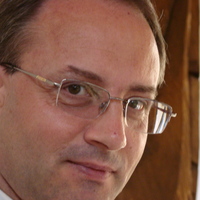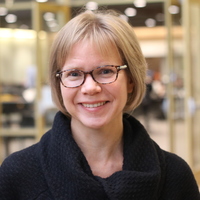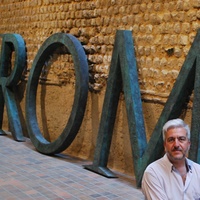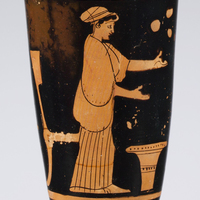
Christian Laes
See:
https://research.manchester.ac.uk/en/persons/christian.laes
https://research.manchester.ac.uk/en/persons/christian.laes
less
Related Authors
Miroslava Mirkovic
Filozofski fakultet Beograd
Jonathan Edmondson
York University
Francesca Cenerini
Università di Bologna
Nelu Zugravu
"Alexandru Ioan Cuza" University, Iasi
Tuomo Nuorluoto
Institutum Romanum Finlandiae
Pauline Ripat
University of Winnipeg
François Chausson
Université Paris 1 - Panthéon-Sorbonne
Veronique Dasen
University of Fribourg
Carmen Fenechiu
Babes-Bolyai University
Margaret L Woodhull
University of Colorado Denver
InterestsView All (13)










Uploads
Papers by Christian Laes
and materterae) in the Latin epigraphical dossier. All 94 inscriptions are
listed and commented on, as they offer the potential for intriguing case
stories. The set of data is not only used to ask questions about consistent
use of terminology, geographical distribution, ages, and patterns of
commemoration. The material is also studied in the broader context of the
demography of the Roman family, of Greek and Latin family terminology,
literary sources, law, papyrology and Greek epigraphy. In the conclusion,
this study asks broader questions about the study of the Roman family,
and how it relates to questions as Romanisation and modes of funerary
expression.
common in elite and (upper)-middle class households of the Principate. This changed in Late Antiquity when households instead relied mainly on family members as educators. However, this fundamental change in hierarchical values of the honourable Roman society is never attested
explicitly in the ancient records. There are some indications in the works of literary writers, but the inscriptions cannot be used to prove this change statistically. Still, the change must have been profound : educational tasks, which were in the mind-set of a Roman family members so much linked with servile labour, became more entrusted to other family members. It is only by looking at the wider context that we can catch a glimpse of how fundamentally things might have changed for educators and the families which made use of their services. Ideas of social hierarchy still existed in Late Antiquity, and so there still were slave educators. However, by the late sixth century, all this was embedded in a society which would have been hardly recognisable by those who lived there two centuries before.
and materterae) in the Latin epigraphical dossier. All 94 inscriptions are
listed and commented on, as they offer the potential for intriguing case
stories. The set of data is not only used to ask questions about consistent
use of terminology, geographical distribution, ages, and patterns of
commemoration. The material is also studied in the broader context of the
demography of the Roman family, of Greek and Latin family terminology,
literary sources, law, papyrology and Greek epigraphy. In the conclusion,
this study asks broader questions about the study of the Roman family,
and how it relates to questions as Romanisation and modes of funerary
expression.
common in elite and (upper)-middle class households of the Principate. This changed in Late Antiquity when households instead relied mainly on family members as educators. However, this fundamental change in hierarchical values of the honourable Roman society is never attested
explicitly in the ancient records. There are some indications in the works of literary writers, but the inscriptions cannot be used to prove this change statistically. Still, the change must have been profound : educational tasks, which were in the mind-set of a Roman family members so much linked with servile labour, became more entrusted to other family members. It is only by looking at the wider context that we can catch a glimpse of how fundamentally things might have changed for educators and the families which made use of their services. Ideas of social hierarchy still existed in Late Antiquity, and so there still were slave educators. However, by the late sixth century, all this was embedded in a society which would have been hardly recognisable by those who lived there two centuries before.
You are kindly invited to have a look there too, or to join the website!